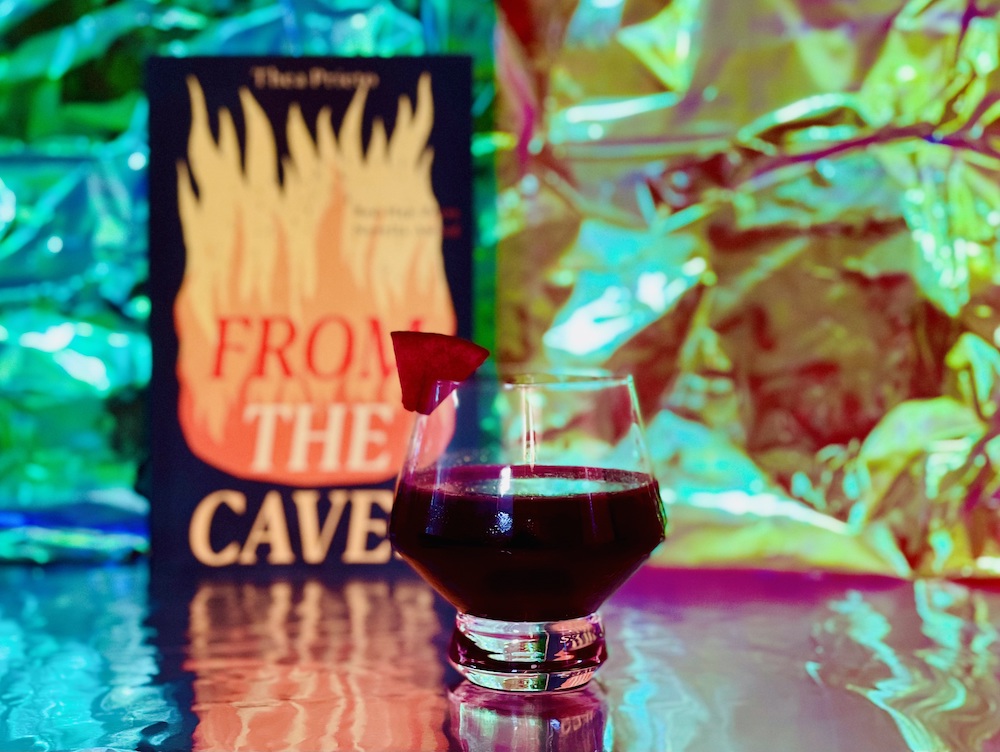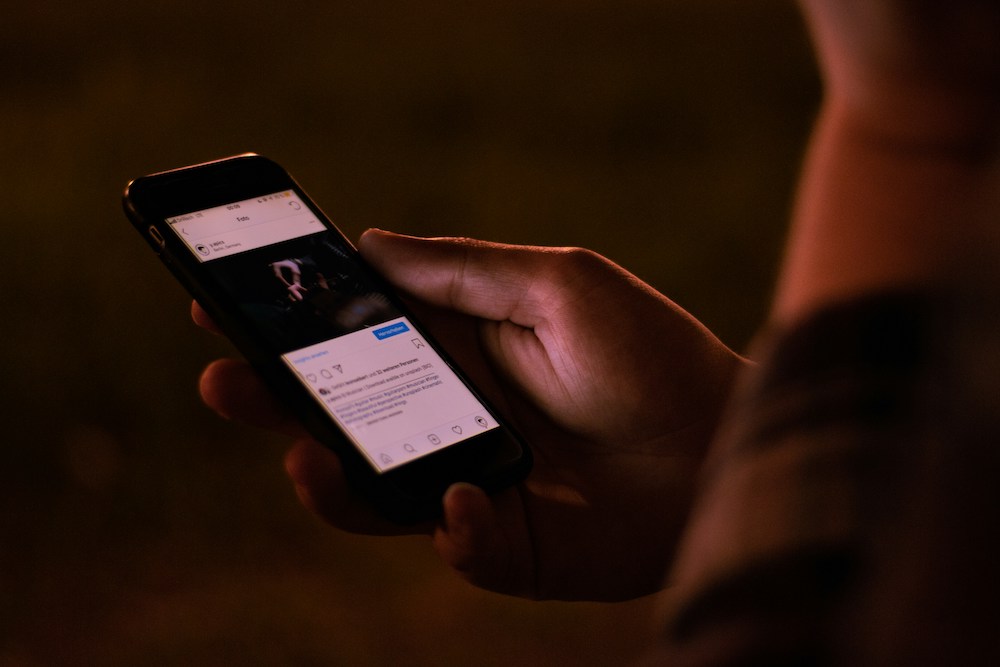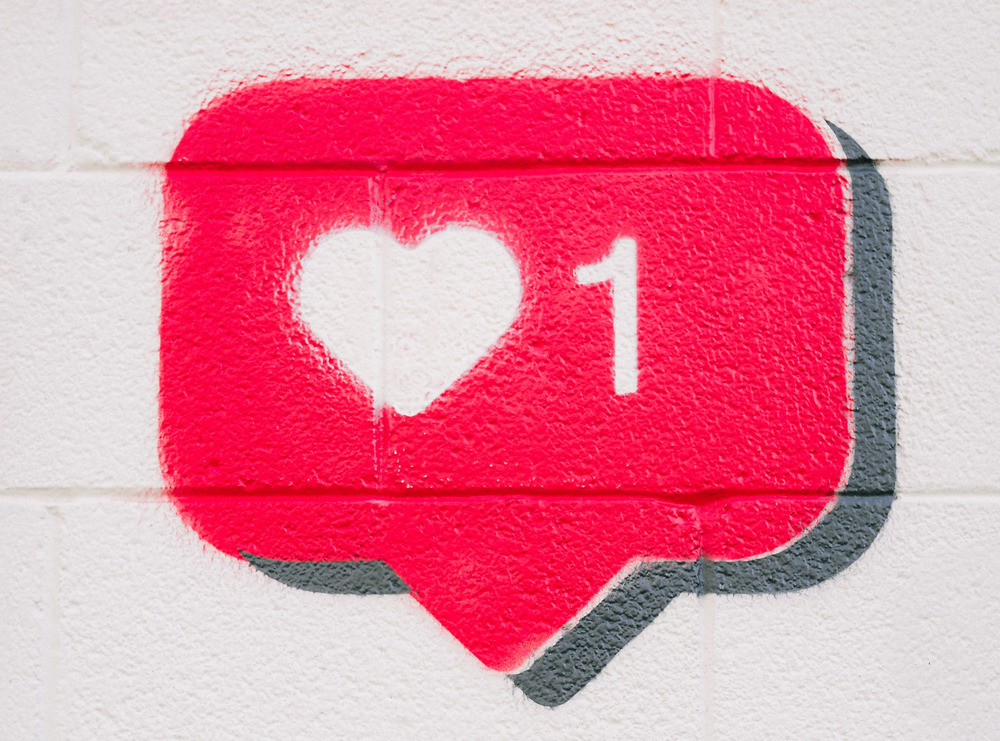Books & Culture
Running an Olsen Twins Fan Page Taught Me to Craft an Online Identity
In composing a tale of what could be, I’m narrating a portion of what actually is

Before my online life orbited around Mary-Kate and Ashley Olsen, my imaginative play centered on being Mary-Kate and Ashley. The twins were girls like me, except cuter and blonde. A bit older. Certainly smaller, but still, larger than life. They were influencers before the advent of social media. Their empire was built upon their ability to successfully monetize the self.
“Do you want to be Mary-Kate or Ashley?” I’d ask my neighbor, Megan, as we waded through the creek by her house. Megan always wanted to be Mary-Kate. That’s why I’d given her a choice.
Mary-Kate was marketed as sporty and adventurous. Ashley was stylish and demure. Who you chose aligned with the girl you hoped to be—and for me, that was the most feminine girl, the most perfect of girls, everything I’d been told a girl should be.
Everything the twins marketed was rooted in a reality that could theoretically be replicated.
We divvied up the twins and mimicked plot lines from their direct-to-video mystery and You’re Invited! series, pretending to solve crimes in our neighborhood cul-de-sac, planning occasion-less parties in the garden. Everything the twins marketed was rooted in a reality that could theoretically be replicated—a reality more exciting and beautiful than the mundane life of a rural West Virginia girl.
By the time the Olsens were in elementary school, their manager, Robert Thorne, began the work that would lead to their jaw dropping fortune. No longer just child actresses, they became a brand. Their faces appeared all over Walmart, one of the only places to shop in our small town. As my mom filled up her grocery cart, I strolled the dimly lit makeup aisles where I spotted the Mary-Kate and Ashley line: jelly lip glosses and creamy eye shadows in a variety of catching colors. Their makeup boasted no specific cosmetic improvement. Not longer lashes or brighter skin or stronger nails. The only brag was the association.
I walked to the middle of the store, to their girls’ clothing line targeted to tweens, those in-between childhood and adolescence. There, I picked out one of their tank tops to purchase with my allowance money, a flimsy piece of fabric in aquamarine, its back a maze of strings.
“I don’t know,” my mom said as I held the shirt up in the freezer section of the grocery store, harsh lighting barely illuminating the small rhinestones sewn into the fabric for embellishment. “You wouldn’t be able to wear a bra with that.”
“I don’t need a bra,” I argued, though my mother and I both knew that I certainly did. I could tell she was about to say this, though she stopped herself, perhaps for fear that my response to being punished for breasts would be continued attempts to starve them away.
“You can only wear it around the house,” she said.
“In the neighborhood?”
“I don’t know. Certainly not out.”
I knew that simply owning the shirt would bring me closer to being the type of girl I longed to become.
And I agreed to this. I knew that simply owning the shirt would bring me closer to being the type of girl I longed to become.
It was around this time, at the age of 11, that I created a fan page for the Olsen twins. It was the turn of the millennium. The internet was still novel, and logging on required tying up the family phone line. My Mary-Kate and Ashley website served as my entrance into online performance.
I didn’t know a website could be built by a girl my age until I read an article in a teen magazine that suggested ways for me to become more well-rounded.
On the floor of my carpeted bedroom, I read this article about ways to improve myself between sets of sit ups. 50 sit ups, then another article. 50 sit ups, then another article. As I read, I held a blue pen, marking ideas I could implement in my life. I drew a big, crooked star beside “build a website.” There were several suggestions of places I could go to get started. Expage. Angelfire. Chickpages. Geocities.
I titled my corner of the internet, The Olsen Twins All That Hangout. To promote my website, I sought community with like minded, faceless individuals on a popular message board devoted to the twins.
Like today’s body positive influencers, we were learning that we could leverage our insecurities into likeability.
I connected with Rose from Northern Ireland after participating in a thread where we were all asked to physically evaluate ourselves. “I’ve been told I have pretty eyes,” the original post said, “but my upper arms make me so self-conscious. Tell us—what do you like most and least about yourself? And share a pic!” Like today’s body positive influencers, we were learning that we could leverage our insecurities into likeability.
Rose replied with her photo: emerald eyes, straight blonde hair from a box, pale skin from too much time indoors. No makeup. Sad but friendly expression. “I’m self-conscious about being so short,” she responded.
“I’m embarrassed about being so tall,” I replied.
Then Rose looked me up on AOL Instant Messenger with the information provided in my signature (or, siggy), username OldNavyBaby with a string of numbers.
“Want to join a group chat?” she asked in a private message.
“That’d be great!” I said. Months before, I would have used the “b” for “be” and a “gr8” for “great,” but had since realized that was not the sort of person I hoped to become.
There were four of us in the chat. Rose, Andy from London, and Jessica from Indiana. One day, Andy shared a link to his personal website, which featured a satirical medical article— complete with passive voice, nominalized verbs, and imagined case studies. His article explored a pathology plaguing young girls, a disease he identified as “Olsenomnia.”
I scrolled the page, nervously laughing to myself as I read his cutting description of the case study: adolescent girl, obsessional, spending excessive time and allowance money on the Mary-Kate and Ashley brand.
I needed to pivot my online presence. To speak about liking the twins sincerely felt childish and immature.
And suddenly, after reading this critique, I realized I needed to pivot my online presence. To speak about liking the twins sincerely felt childish and immature. But I could still keep my interest if I discussed it ironically.
The four of us used the term “Olsenomniac” to describe anyone we’d decided to dislike on the main message board. We became pretentious. We targeted the person who used too many exclamation points. Another with an affinity for all caps. A girl who kept mixing up “their” and “there.” Anyone who seemed to take the twins too seriously. In short, those who could not see the humor in spending their lives talking about the lives of others.
“Lila’s already watched Holiday in the Sun five times—and it just came out on Tuesday,” I said to our small group.
“She’s such an Olsenomniac,” Jessica replied.
I’d watched the movie twice, but it had been background noise, something to pass the time as I jumped rope to burn off the calories from dinner.
“Do you think Olsenomnia is a disease of genetics or the environment?” Jessica said during a lull in our chat. We’d extended the joke well past its initial, mediocre humor. The term became an invitation to mock others: faceless, bodiless others, others so similar to ourselves, and yet, somehow inferior. The cattiness we engaged in online could not be replicated in real life because we had no sphere of influence there. Here, we were insiders.
In high school, I quit updating my fan site. I began watching movies that were films, reading books that were literature. I continued to visit the message board multiple times a day—as a lurker—to keep up with news about the twins, but there was no engagement on my part.
The message board participated in a countdown to the Olsen twins’ eighteenth birthdays. Some devoted fans planned real life parties. A handful of lecherous adult males included time clock countdowns in their siggies. Rose, Jessica, Andy, and I made fun of them all.
Shortly after the twins’ eighteenth birthdays, a tabloid outed Mary-Kate for having an eating disorder. The cover caught my eye in the checkout line at Walmart: anorexia in large letters beside an image of Mary-Kate receiving her star on the Hollywood Walk of Fame.
She was pale, made over with cosmetics. Her lips were thin and dry.
She wore a strappy, violet silk dress. Her stringy, long hair was dyed a honey brown. I evaluated her arms. And her breasts, which were no longer visible. The skin of her chest appeared to be covering a xylophone. She was pale, made over with cosmetics. Her lips were thin and dry.
And Ashley was beside her. She still had bright blonde hair. Her cheeks looked authentically rosy. She was thin, too, but not painfully so. The good thin. The kind that required work, maybe even obsession, but still received praise. Mary-Kate, though, had crossed over. The difference between them was maybe five to ten pounds.
When I returned home, I logged onto the message board. There were dozens of posts about Mary-Kate. Some called the reporting into question, others knew it all along. Some referenced a recent article where Mary-Kate claimed a particular love for Krispy Kreme. Which could be true? The anorexia or the affinity for donuts? One post compared photos of Ashley’s body with images of Mary-Kate’s. Responders observed differences between the twins in the presence of bones or the absence of fat stores.
As we filed out the door, I saw another tabloid on the newsstand, a photo zoomed in on Mary-Kate’s skeletal bare back.
Shortly after this, I attended an outing with my church youth group. We stopped by a gas station Subway for lunch. I sat quietly in a booth, tearing the bread of my veggie sub to pieces while others ate their foot-longs and chips and chocolate chip cookies. As we filed out the door, I saw another tabloid on the newsstand, a photo zoomed in on Mary-Kate’s skeletal bare back.
“What a selfish little girl,” one of our chaperones said as she noticed the image.
“She’s not selfish. She’s sick,” I said, a fleeting moment of vulnerability.
“She’s not sick. People with cancer are sick—not her. She’s just vain.”
Quietly, I nodded my head. I did not agree, but I understood. I realized that no good girl would want to identify with Mary-Kate.
“I look at old photos of me, and I don’t feel connected to them at all,” Mary-Kate said in an interview with Marie Claire. “I would never wish my upbringing on anyone.”
Mary-Kate and Ashley did not disappear in adulthood. Their fashion line, The Row, is regularly included in New York Fashion Week. Still, they are rarely visible. They do not use their faces to market their notoriously minimalist clothing. Though The Row is on social media, the twins are not. The supposed story of their lives is no longer subject to public consumption.
Unlike the twins, I have not outgrown my desire to craft my online twin. I’m still drawn to the exciting, beautiful lives of influencers on social media, and I have a compulsion to contribute curation, as well. On Instagram, I post carefully curated pictures in times when my reality feels like the exact opposite. An image of my baby, freshly diapered and dressed, the light of the afternoon sun creating the image of a halo around his head captured moments before rushing to the emergency room for postpartum complications. A snapshot of an idyllic angle of my brick Tudor home, minutes after my husband and I conclude a tense fight.
Sometimes this duality feels duplicitous. More often, though, it feels like storytelling. Like hope. In composing a tale of what could be, I’m narrating a version of what actually is. I learned it from Mary-Kate and Ashley.








